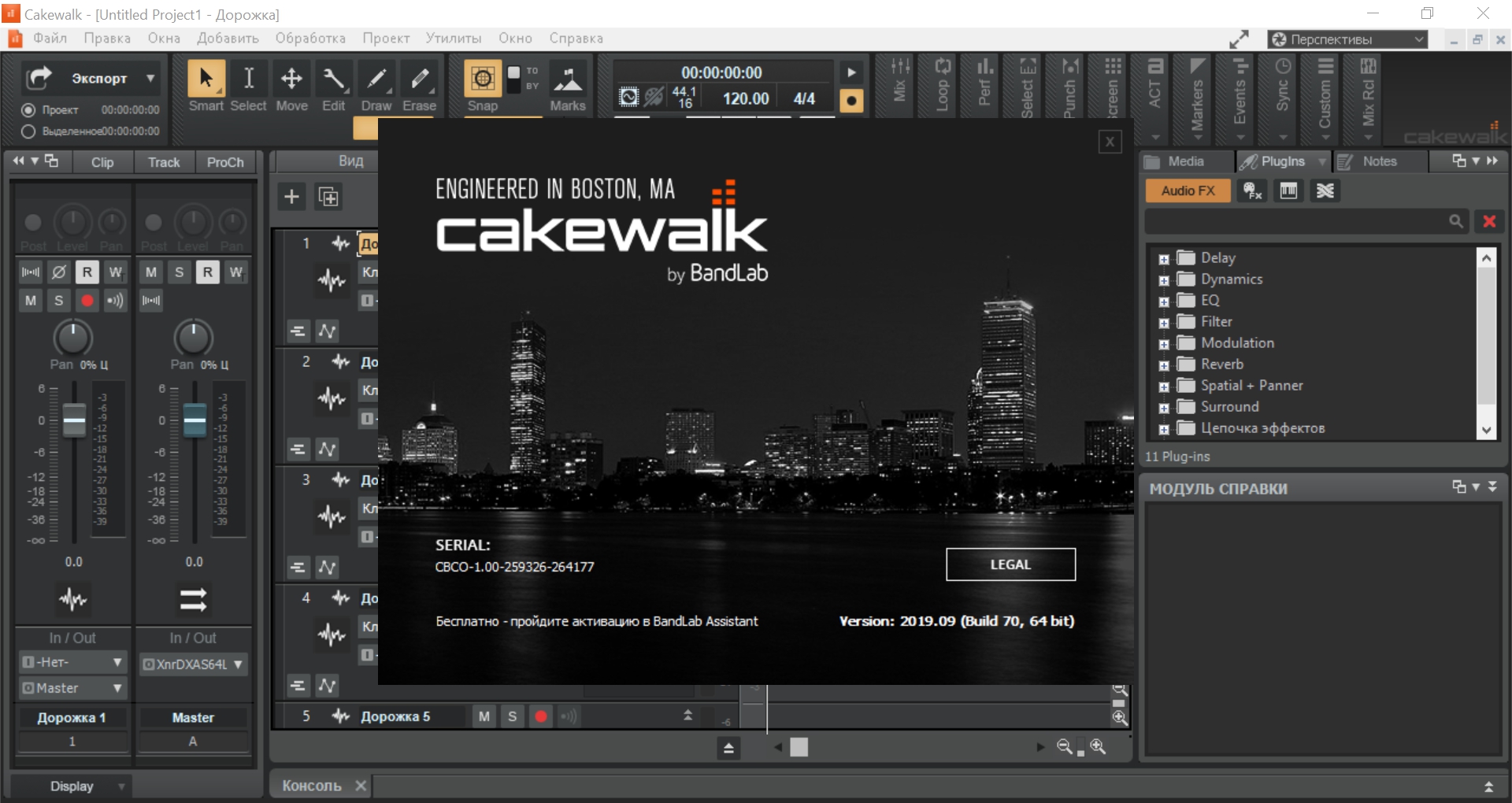


I also had a couple of physical or mechanical problems over the years, where a disk got stuck inside the unit, or the disk became unreadable. The time is took for the initial reading of the disk, plus having to remember what was on each disk during a show (or read my notes on the back of the case) became a bit cumbersome. I opted out of that because of the time limitations per disc and having to have so many discs to fumble through during the course of a gig, especially if changes in the set list had to happen on the fly. Yes, I went through a few years of using MiniDiscs. I've been burned too many times in the past with computers on stage, so I avoided them when possible. When I was playing guitar/singing with backing tracks, I prepared all of my backing tracks in Cakewalk (well, SONAR at the time), but live I used a MiniDisc player with a portable CD player as a backup. ala Main Stage, Steinberg VST live, Studio One, Gig Performer, and of course, Abelton Live. My Cakewalk wish for years has been to bring this back in more robust, up to date format, utilizing the ability to use vst's live, etc. It's a pretty simple, stable way to go and doesn't need much horsepower or screen real estate. I'm not sure about how to incorporate your USB footswitch to start and stop, but I think it can be done. wav into a new song file in Cake 9, I can then add midi info and preset changes at the appropriate time within each song. Also, by initially inserting the mixdown. It allows for various modes of playback, (continuous, stop after each song,) and the ability to fairly easily manipulate the set list. Strangely enough, it still installs on Win 10. The only difference is I am using the "Virtual Jukebox" tool in Cakewalk 9 as my player. Only advantage of using a Sequencer live is it can then also control lights and effects.

I also would loose the hands off system I now use. I toyed with using Cakewalk as the playback system but it was just way more work and I found it slow between songs. I have never had any issues with this set up. Like I use a USB foot switch to control playback so my hand never leave my guitar. I use Win Amp because it can be set to stop at end of the song. I then use a small very basic laptop and Win Amp as a player. I have a system of mixing them so they are all exactly the same levels for all the songs. I sing and play guitar so I only need bass, drums and keyboards on the backing tracks. I found the most bulletproof system has been creating my tracks with midi and good quality VST instruments using Cakewalk and then mixing them to a 44.1/24 wave file. I’ve been using backing tracks since midi arrived back in the early 80’s.


 0 kommentar(er)
0 kommentar(er)
